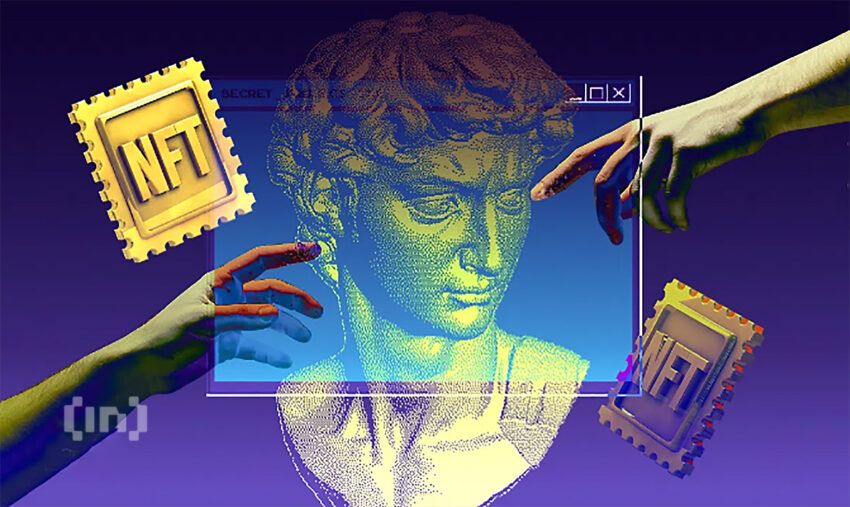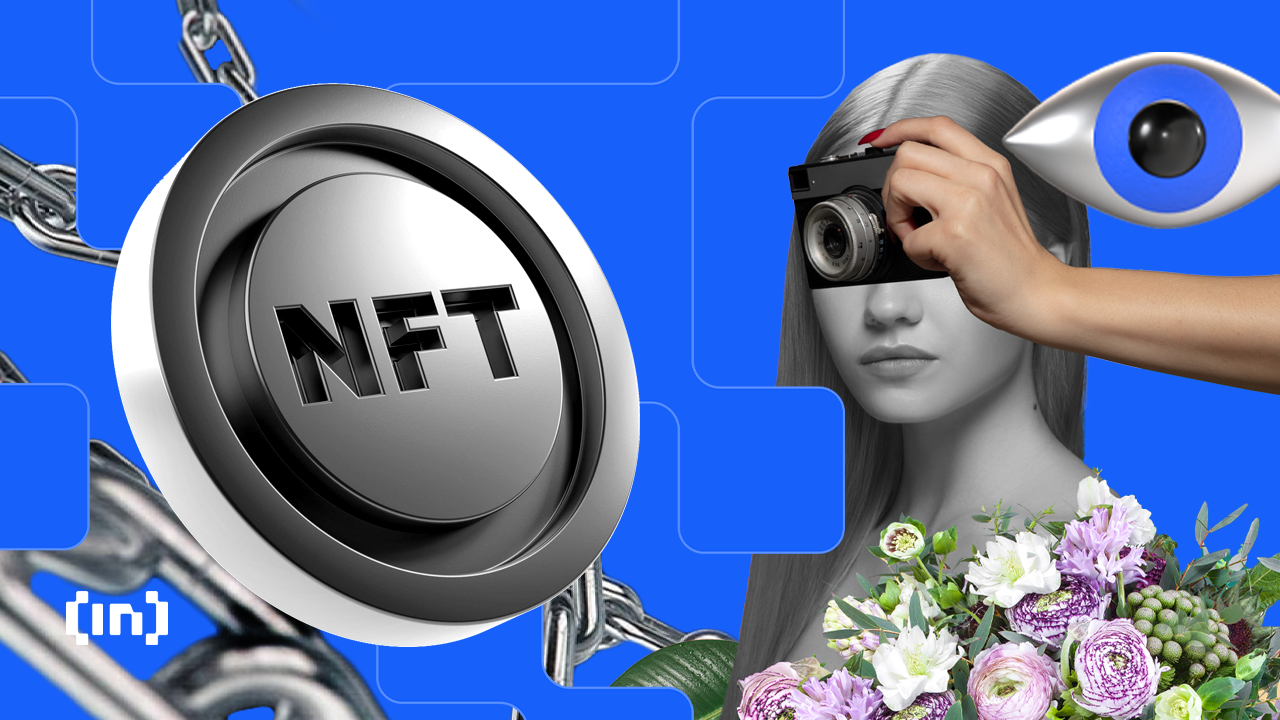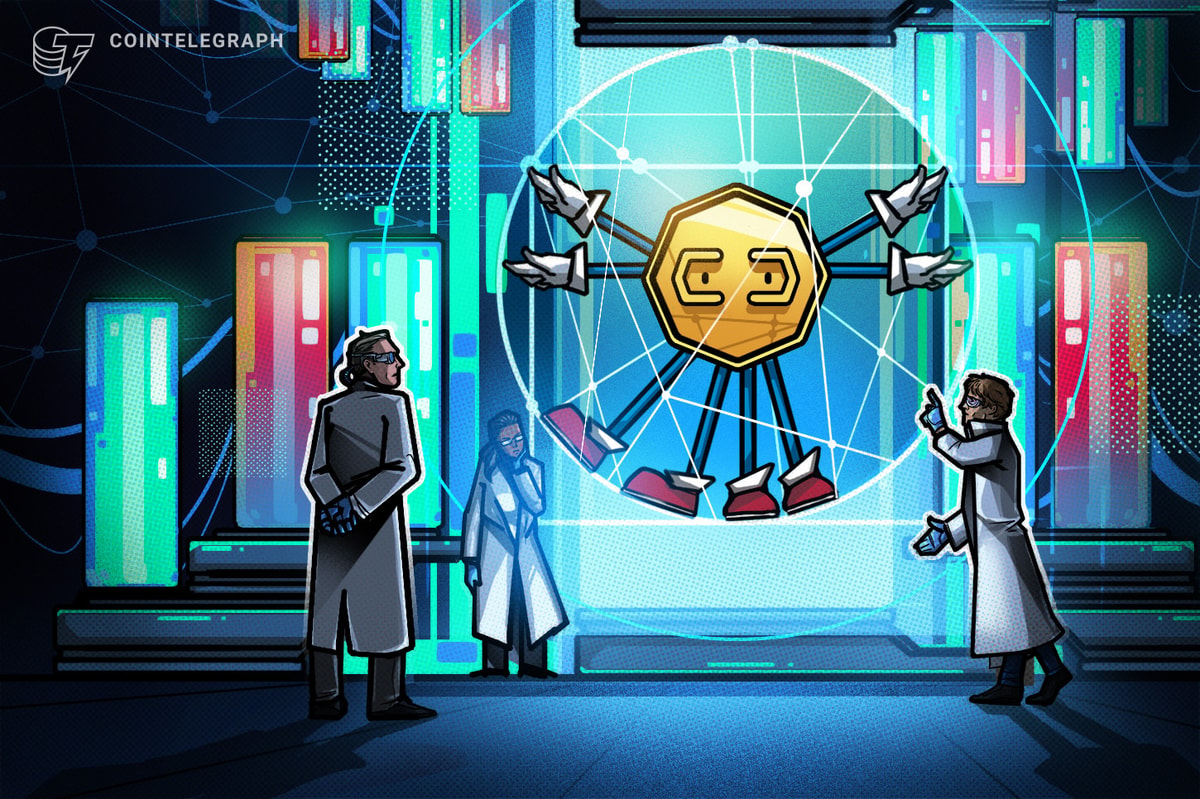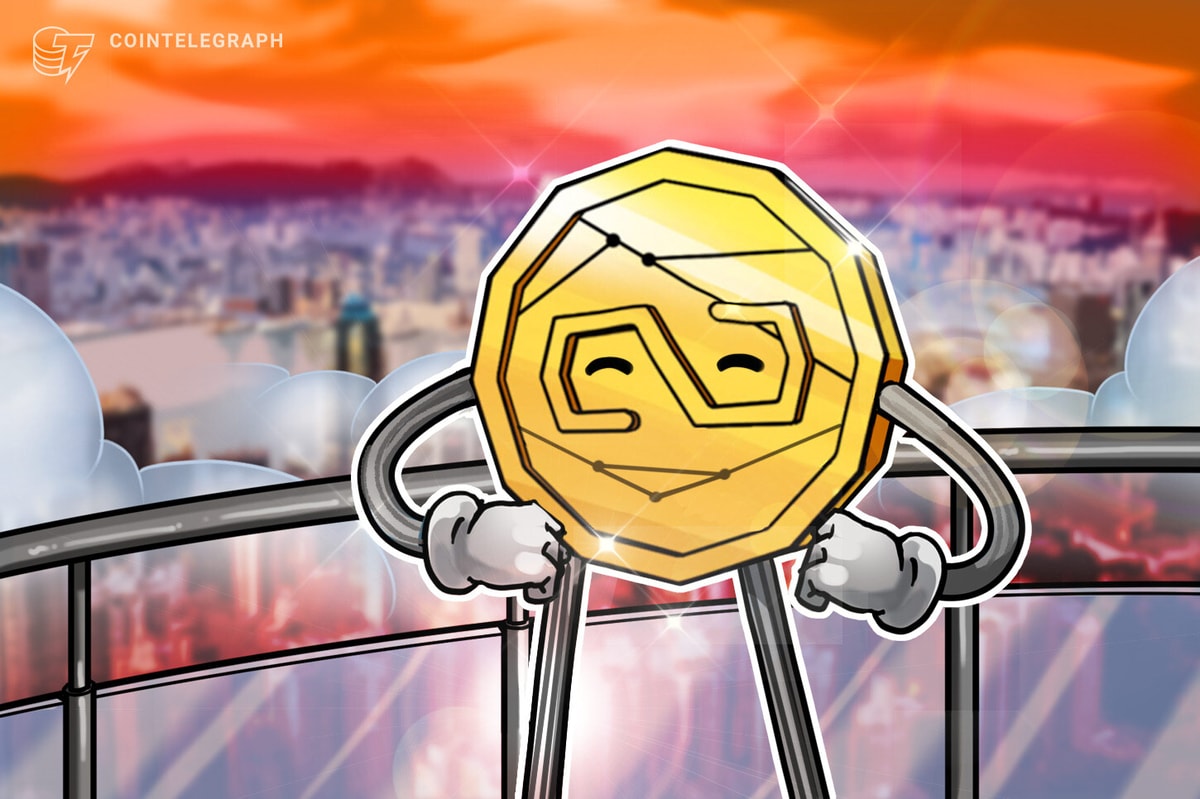With the 2021 NFT hype cycle firmly in the rearview mirror, experts believe that NFTs will power the next generation of consumer brand engagement in 2023, driving new audiences to the metaverse.
Despite the non-fungible token (NFT) market being deep in bear territory, several key industry players believe 2023 will be an opportunity to build new infrastructure to prepare for the next crypto bull market.
NFTs Will Drive Metaverse Migration for Brands
Corporate growth consulting firm Forrester suggests that non-fungible tokens (NFTs) will be a critical touchpoint for brands in the metaverse in 2023. NFTs are unique digital tokens that immutably record the origin and ownership history of a physical or digital asset on a blockchain.
While the vision of a metaverse has not been fully defined, let alone built, venture capitalist Matthew Ball offers this definition of the metaverse in his 2022 book, The Metaverse:
“A massively scaled and interoperable network of real-time rendered 3D virtual worlds that can be experienced asynchronously and persistently by an effectively unlimited number of users with an individual sense of presence, and with continuity of data, such as identity, history, entitlements, objects, communications, and payments.”
Corporate metaverse ambitions will likely progress steadily in 2023, with companies like Samsung, Nickelodeon, Gucci, and Nike building on 2022 efforts to freshen their brands and attract new revenue streams.
Brands to Continue Offering Exclusive NFT Privileges
At the 2022 NFT.NYC conference in New York City, Jeff MacDonald, a director at ad agency Mekanism, said that brands are offering exclusive privileges to their web3 customers, guaranteeing financial incentives or bragging rights. Coffee chain Starbucks has already pioneered an NFT-based brand loyalty program that gives holders of coffee-based NFTs unique real-world rewards. Entertainment behemoth Nickelodeon is betting that nostalgic Rugrats profile pictures will attract old fans to its Recur Forever Inc. NFT platform.
Sports and leisure apparel brand Nike is embracing a futuristic hybrid model that allows physical sneaker owners to kit out their avatars with the same gear. This model will likely gain traction in 2023, with layer two solution Polygon proving attractive for corporate applications.
At the NFT.NYC conference, the Wall Street Journal reported that many brands have web3 plans stretching far into the future.
NFTs also offer marketers new channels to monetize and promote products. Crisps manufacturer Pringles released an MP4 video NFT as part of its CryptoCrisp collection in 2022. International fast-food chain McDonald’s launched an NFT collection in the U.S. to celebrate the reintroduction of its McRib product in December 2021.

Art Will Explode With Unprecedented Autonomy
Venture capitalist and Patreon backer Valentina Zakirova believes that nonfungible token art creators will have unprecedented autonomy in 2023. Accordingly, artists will be able to fully monetize their work without paying an intermediary.
Tokenized music platform Band Royalty will add more artists to its 3,000 or so NFT-based song catalog in 2023. On Band Royalty, artists get paid every time their song is played on a playlist.
The 2022 bear market has tested the staying power of tokenized art. Beeple, the author of a seminal nonfungible token work, “Everydays: The First 5000 Days,” that sold for close to $70 million in 2021, had to settle for another $252,000 bid at a Christie’s auction in mid-2022. To combat flagging interest, artists could also exploit the concept of fractionalized NFT art. Buyers can purchase an NFT representing a fractional ownership stake of the artwork for a lower price.
Christie’s $5.9 million in tokenized art sales for 2022 was 96% lower than 2021’s $150 million. Despite lower sales, the British auction house company is clearly interested in the intersection of art and blockchain technology. Christie’s launched its web3-focused venture capital arm earlier this year. So far, it has invested in Layer Zero, a blockchain interoperability startup.
Decentralized Finance Applications Emerging for NFTs
With more widespread corporate investment in 2023, non-fungible tokens would likely gain traction in the decentralized finance (DeFi) space.
Steven Boykey Sidley and Simon Dingle, authors of the forward-looking DeFi book “Beyond Bitcoin: Decentralized Finance and the End of Banks,” posit that users could one day contribute an asset’s NFT as liquidity to a decentralized exchange’s liquidity pool. They could borrow cryptocurrency against that NFT to invest in other yield-bearing products.
Already, platforms like NFTfi offer loans against NFT-based collateral. The venue pays loans in ETH, with the NFT going to the lender if the borrower defaults.
According to Dr. Jane Thomason, NFTs will also be used to tokenize licenses and academic credentials. Thomason is the chairperson of the board of British digital asset firm Kasei Holdings.
NFT-based credit scores could also be an important innovation in 2023. Earlier this year, Charles Hoskinson emphasized the importance of creating a decentralized economic identity. Such an identity will help realize the economic potential of those excluded from traditional financial services.
For Be[In]Crypto’s latest Bitcoin (BTC) analysis, click here.
Disclaimer
All the information contained on our website is published in good faith and for general information purposes only. Any action the reader takes upon the information found on our website is strictly at their own risk.
Read More: news.google.com









 Bitcoin
Bitcoin  Ethereum
Ethereum  Tether
Tether  XRP
XRP  Solana
Solana  USDC
USDC  Dogecoin
Dogecoin  Cardano
Cardano  TRON
TRON  Lido Staked Ether
Lido Staked Ether  Wrapped Bitcoin
Wrapped Bitcoin  Sui
Sui  Wrapped stETH
Wrapped stETH  Chainlink
Chainlink  Avalanche
Avalanche  Hyperliquid
Hyperliquid  Stellar
Stellar  Shiba Inu
Shiba Inu  Hedera
Hedera  LEO Token
LEO Token  Bitcoin Cash
Bitcoin Cash  Toncoin
Toncoin  Litecoin
Litecoin  Polkadot
Polkadot  WETH
WETH  USDS
USDS  Monero
Monero  Wrapped eETH
Wrapped eETH  Bitget Token
Bitget Token  Binance Bridged USDT (BNB Smart Chain)
Binance Bridged USDT (BNB Smart Chain)  Pepe
Pepe  Pi Network
Pi Network  Ethena USDe
Ethena USDe  Coinbase Wrapped BTC
Coinbase Wrapped BTC  WhiteBIT Coin
WhiteBIT Coin  Aave
Aave  Uniswap
Uniswap  Bittensor
Bittensor  Dai
Dai  NEAR Protocol
NEAR Protocol  Aptos
Aptos  OKB
OKB  Jito Staked SOL
Jito Staked SOL  Ondo
Ondo  Official Trump
Official Trump  Cronos
Cronos  BlackRock USD Institutional Digital Liquidity Fund
BlackRock USD Institutional Digital Liquidity Fund  Tokenize Xchange
Tokenize Xchange